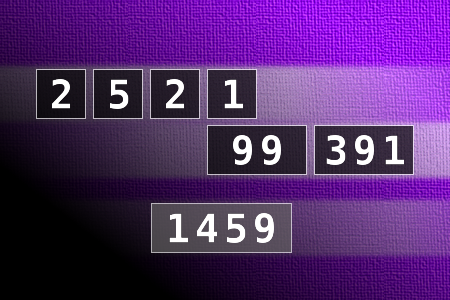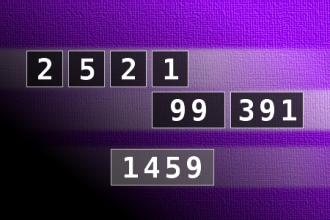Calculate the number 1459
NUMBERMANIA: Calculate the number 1459 using numbers [2, 5, 2, 1, 99, 391] and basic arithmetic operations (+, -, *, /). Each of the numbers can be used only once.Correct answers: 3
#brainteasers #math #numbermania

Just Checkup
A naked woman is bouncing on her bed singing. Her husband walks into the bedroom and sees her. He watches her a while then says, "You look ridiculous! What on earth do you think you're doing?"
She says, "I just got my checkup and my doctor says I have the breasts of an eighteen year old." She starts laughing and jumping again. He says, "Yeah, right. And what did he say about your 45-year-old ass?"
"Your name never came up, " she replied.
She says, "I just got my checkup and my doctor says I have the breasts of an eighteen year old." She starts laughing and jumping again. He says, "Yeah, right. And what did he say about your 45-year-old ass?"
"Your name never came up, " she replied.

